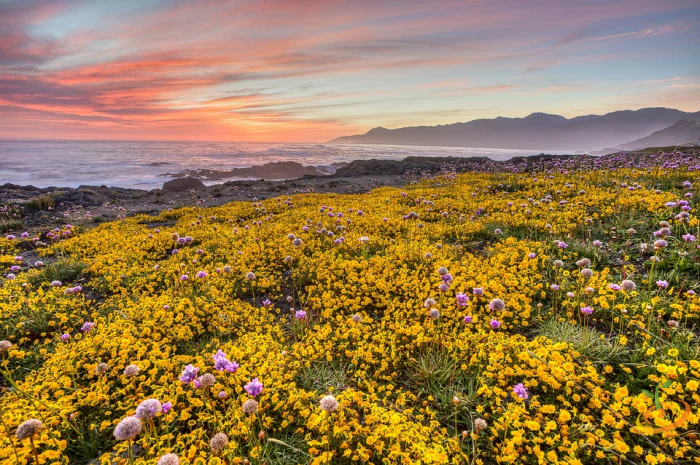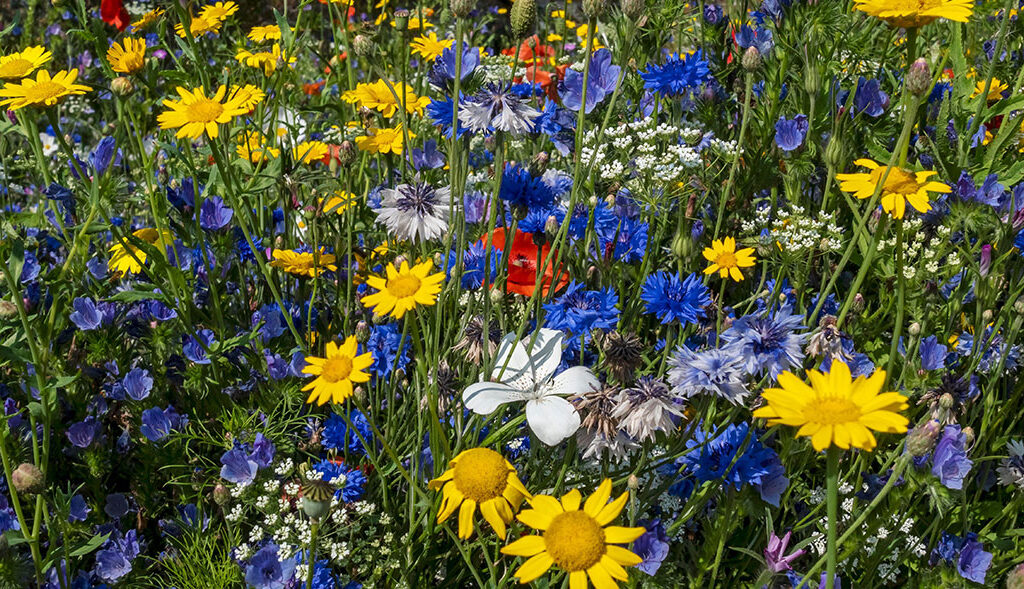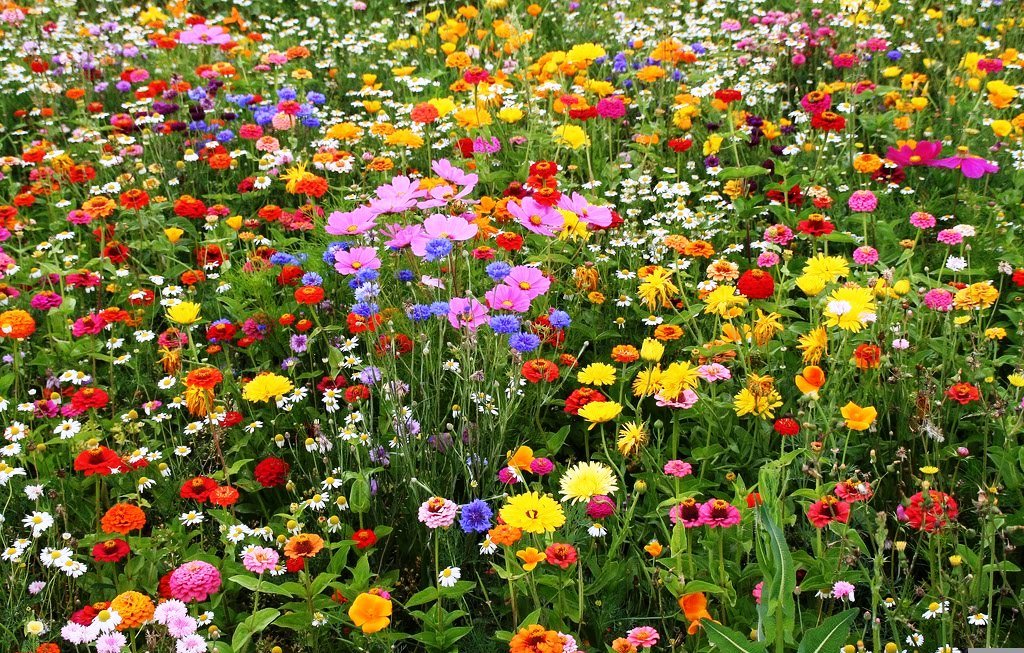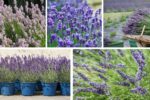There’s something deeply captivating about rare wildflowers. These elusive blooms bring an untamed, natural elegance to gardens, often boasting unique shapes, colors, and fragrances you won’t find in traditional nursery selections. Growing them successfully, however, requires a little extra know-how, patience, and respect for their unique needs.
Whether you dream of a cottage-style flower patch or a meadow-inspired garden, adding rare wildflowers can elevate your outdoor space and support local biodiversity. Here’s a detailed, practical guide featuring 10 essential tips to grow rare wildflowers successfully in your garden.

1. Research Native and Regional Species
The first step in cultivating rare wildflowers is to choose varieties suited to your local climate and soil conditions. Many wildflowers thrive in specific environments — some prefer alpine slopes, others love moist woodlands, while certain types flourish in dry prairies.
Why it matters:
- Native species are better adapted to your region’s soil, rainfall, and temperature patterns.
- They require less maintenance and water.
- Attract and support local pollinators, birds, and beneficial insects.
Tip: Visit local nature reserves, wildflower gardens, or talk to regional botanical societies to discover rare species naturally found in your area.

2. Source Seeds and Plants Ethically
Because many rare wildflowers are threatened in their natural habitats, it’s crucial to avoid collecting them from the wild. Instead, source seeds and plants from reputable nurseries, native plant societies, or specialized growers who propagate responsibly.
Look for:
- Certified native plant growers.
- Botanical garden plant sales.
- Online rare plant nurseries with conservation-friendly practices.
Tip: Seek out heirloom or organically grown seeds to avoid chemical treatments that can interfere with germination.

3. Understand Each Flower’s Growing Requirements
Rare wildflowers often have specific requirements when it comes to light, soil, moisture, and temperature. Some need a cold period (stratification) to trigger germination, while others prefer poor, well-drained soils.
Important factors to check:
- Sun exposure (full sun, partial shade, or full shade)
- Soil type (sandy, clay, loamy, rocky)
- Watering needs (moist, dry, boggy)
- Temperature tolerance
Tip: Create a gardening journal for your rare wildflowers, noting their preferences and performance over seasons for better future care.

4. Prepare the Soil Properly
Wildflowers generally thrive in less fertile soils with excellent drainage. Rich, overly fertilized soil can encourage aggressive weeds and invasive species that outcompete delicate wildflowers.
How to prep:
- Clear the area of grass and existing weeds.
- Lightly till or rake the soil to loosen the top layer.
- Amend with sand, gravel, or organic compost based on each plant’s preference.
Tip: Avoid using chemical fertilizers. Rare wildflowers often flourish in nutrient-poor conditions.

5. Use the Right Planting Method
Some wildflowers grow best when directly sown into the soil, while others may need to be started in containers before transplanting.
Options:
- Direct sowing: Scatter seeds over prepared soil in fall or early spring.
- Indoor sowing: Start seeds in trays or pots, then transplant outdoors after the last frost.
- Division/Offsets: Some species reproduce through offsets or division, which can be planted in new areas.
Tip: When sowing tiny wildflower seeds, mix them with fine sand for even distribution.

6. Provide Natural Watering Practices
While most wildflowers are hardy and drought-tolerant once established, young plants and seeds need consistent moisture for successful germination and rooting.
Best practices:
- Water early in the morning to reduce evaporation.
- Use a fine mist or soaker hose to avoid washing away delicate seeds.
- Maintain even moisture until seedlings are strong, then gradually reduce watering.
Tip: Mulching around wildflowers with straw or leaf litter helps retain soil moisture and suppress weeds without harming delicate plants.
7. Control Competing Weeds Naturally
Invasive weeds are the biggest threat to rare wildflowers, often competing for light, water, and nutrients. Regular, gentle weeding is essential to give your rare plants space to thrive.
Effective techniques:
- Hand-pulling weeds before they seed.
- Using natural mulches like wood chips or straw.
- Planting ground-cover wildflowers to reduce weed growth.
Tip: Avoid chemical herbicides, which can harm your wildflowers and beneficial insects.
8. Mimic Natural Habitats
Rare wildflowers flourish when their environment closely mirrors their natural habitat. Creating microclimates or themed planting areas based on flower origin can boost your success.
Ideas:
- Create a shaded woodland patch for forest wildflowers like trilliums or jack-in-the-pulpit.
- Install a rock garden for alpine or drought-tolerant wildflowers.
- Build a moist boggy corner for marsh-loving species like cardinal flowers.
Tip: Use natural stones, logs, or moss to enhance microclimates and shelter plants.
9. Be Patient — Wildflowers Take Time
Rare wildflowers often germinate slowly and may take a season or two to flower. Their slow establishment period allows them to develop strong root systems and adapt to their surroundings.
What to expect:
- Germination delays — some seeds take weeks or months.
- First-year growth may be minimal.
- Most wildflowers peak in beauty by the second or third year.
Tip: Mark planting areas with labels or stones so you don’t accidentally disturb slow-growing seedlings.
10. Support Pollinators and Wildlife
Many rare wildflowers play a vital role in supporting pollinators like bees, butterflies, and hummingbirds. By planting these blooms, you not only beautify your garden but also contribute to local ecosystem health.
Ways to help:
- Avoid pesticides and synthetic chemicals.
- Plant wildflower species with staggered bloom times for continuous nectar.
- Include native grasses and companion plants for habitat diversity.
Tip: Install a small birdbath, bee house, or butterfly puddling station to further attract beneficial visitors.
Final Thoughts
Growing rare wildflowers isn’t just about adding beauty to your landscape — it’s about honoring nature’s diversity and supporting environmental stewardship. With careful planning, ethical sourcing, and a little patience, you can turn your garden into a sanctuary for these exquisite, hard-to-find blooms.
Why not start with one or two varieties and gradually build your rare wildflower haven? Not only will you enjoy their delicate, one-of-a-kind beauty, but you’ll also be making a meaningful contribution to conservation efforts.
Would you like a list of 12 rare wildflower varieties perfect for home gardens or a step-by-step seed stratification guide to go along with this article? I’d be happy to create one for you!





